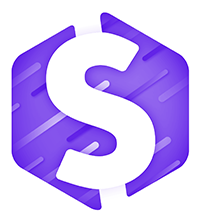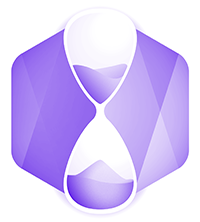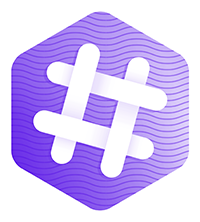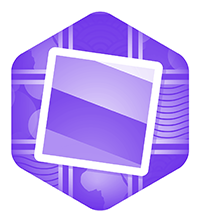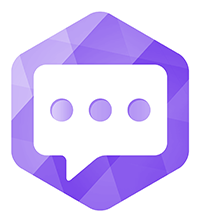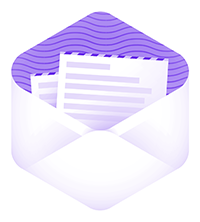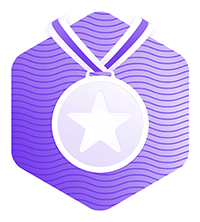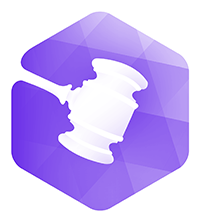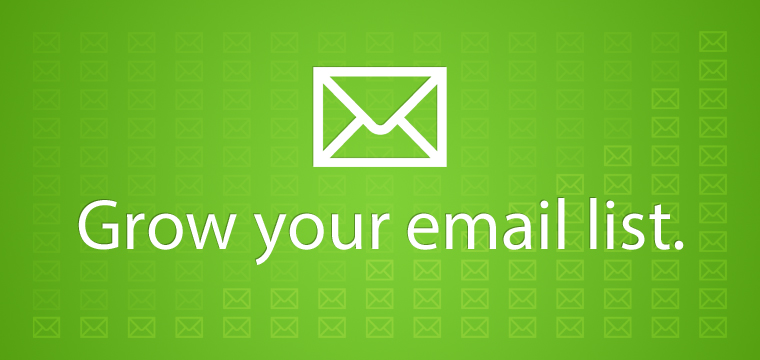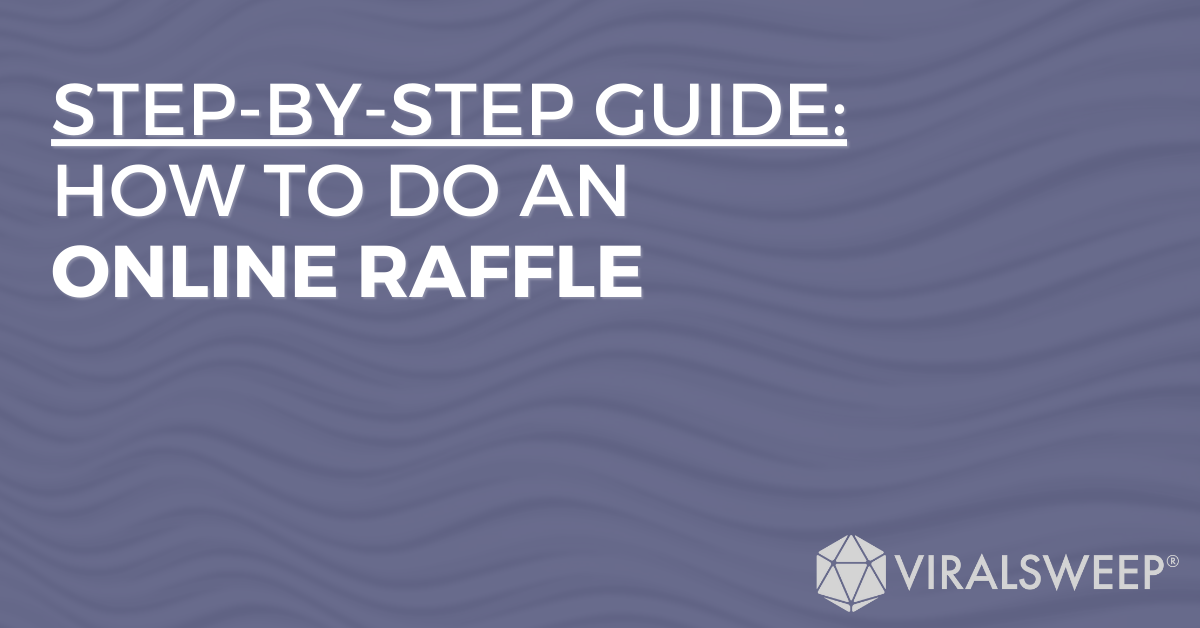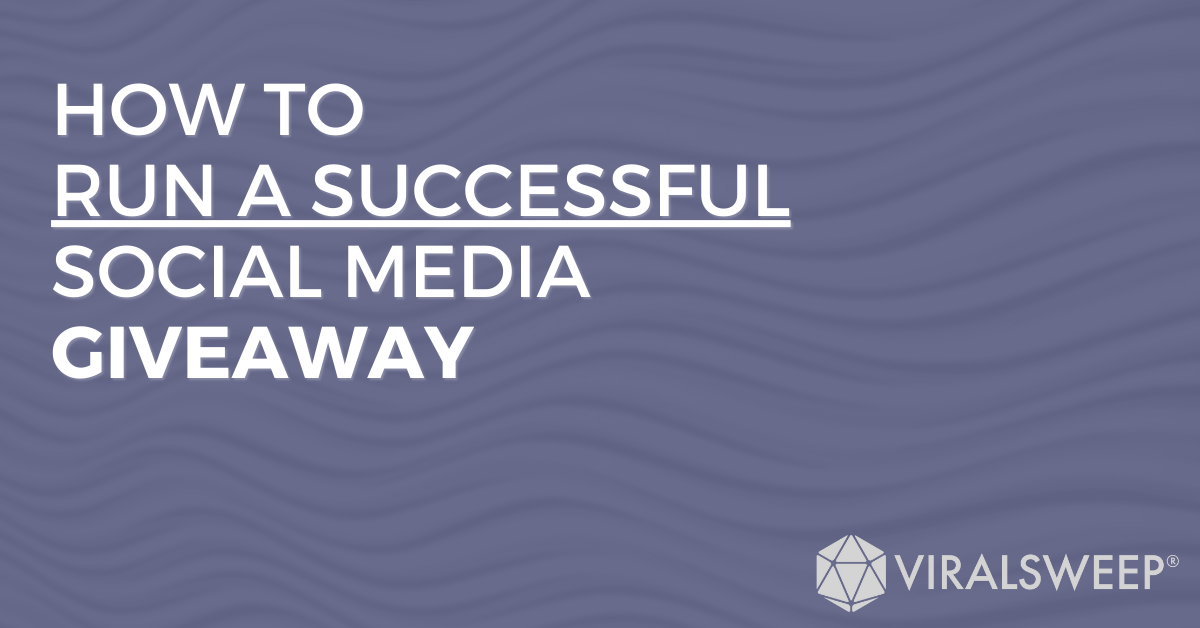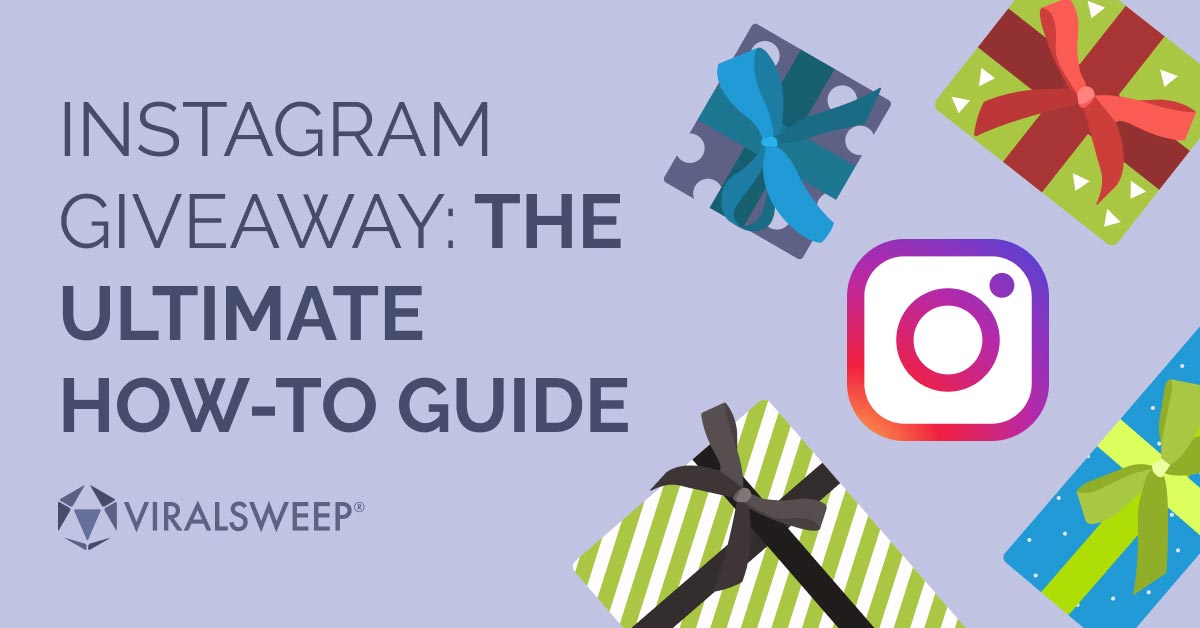Building an email list should be one of the top priorities for marketing your company. If you’re not building a targeted email list, you’re missing out on a huge opportunity and most likely losing money because of it.
If you don’t know how to build an email list, or you’re looking for different ways to build your list, then listen up. We’ve put together 22 different tactics that will help you take your email list to the next level.
Email marketing is alive and well
The very first email ever sent was from Ray Tomlinson back in 1971. That was over 42 years ago.
Email is old-fashioned, and it has been around since the beginning of the internet, but trust me, it is not outdated, and it is still one of the best sources for generating leads and sales.
In fact, if you didn’t know any better, you might think that using modern marketing platforms like Facebook and Twitter are more powerful than email.
Forget about social because that’s dead wrong. Email is king.
Email has been — and for the foreseeable future, always will be — one of the best marketing tools, if not the best.
The most important thing you need to remember about email marketing is this:
You own your email list.
You don’t own your Facebook, Twitter, or Pinterest page. The company whose platform you’re using owns it. Your audience can’t be migrated from one platform to another. I believe Ari Herstand says it best:
The one thing that is reliable (and will be for the foreseeable future) is email. BUILD YOUR DAMN EMAIL LIST. You need to OWN your fans. You don’t OWN your Facebook Likes. – Ari Herstand
Before we get into learning how to build an email list, let’s first take a look at why it is so important:
- Over 144 billion emails are sent per day.
- 87% of marketers are using email marketing as their top marketing strategy
- 77% of people want marketing messages via email.
- 66% of people say they made a purchase as a result of receiving a marketing email.
- In 2011, email brought in $40.56 for every dollar spent on it.
ExactTarget’s 2012 channel preference survey has some awesome data, and I encourage you to check out. To boil it down, ExactTarget concludes with this:
Consumers have a clear preference for an established, direct marketing channel with a proven track record — email. Email is the most-preferred channel for direct, one-to-one marketing communications with consumers.
It doesn’t get any clearer than that. Focus on building a targeted email list and your business will grow with it.
Email Case Studies
There is nothing better than seeing concrete examples of people who have built their lists and reaped the benefits. Here are three examples of people who took it upon themselves to make email marketing a driving force in generating revenue for their business.
The App Design Handbook
Nathan Barry is a software designer and author of three books, The App Design Handbook, Designing Web Applications, and Authority.
Before the launch of his first book, The App Design Handbook, Nathan began building his email list in order to gather people interested in buying it.
I heard that email had better engagement than other platforms, so I wanted to try it for myself.
In just under two months Nathan had 795 subscribers that had signed up to hear more about his book.
That number may seem small, but Nathan had built a highly targeted list of people through detailed tutorial blog posts and using a landing page for the book.
When the book came out, he had guest posts on popular design sites, but most of his sales came from his email list, and on the first day, his strategy proved successful.
On the publish date I had 795 email subscribers. 10 minutes after sending out the announcement email to my list — before any other channels knew about the launch — I had $1,000 in sales! I made $12,500 in book sales on the first day.
Bare® air-free baby bottles
Priska Diaz is the founder and CEO of Bittylab, the maker of a product called the Bare® air-free baby bottle.
This bottle utilizes syringe-like technology to dispense air-free milk to help prevent gas in babies.
In order to launch her product, Priska utilized a strategy that focused on driving traffic from Facebook, Twitter, Pinterest, and bloggers to one specific landing page that allowed people to sign up and be notified when the product launched.
In addition, she teamed up with mom-invented products to run monthly giveaways. As a result of her efforts, 10,000 people signed up to be notified when the product launched.
We launched our pre-sale on June 19 with about 10,000 emails on our list that we built from scratch. Within the first 48 hours of the pre-sale we processed about 1,000 orders. A month later we had over $50,000 in pre-sales.
Priska tells me she accomplished all of this without spending a dime on paid advertising. She’s confident that selling her product through grassroots efforts will get the attention of big box retailers.
Garagiste
Jon Rimmerman is the founder of Garagiste. You probably haven’t heard of Jon or his business, but he sells $30 million worth of wine a year.
Jon doesn’t have a robust website, an e-commerce system, or even a retail store; he sells wine just through an email list of over 136,000 people.
If you’re not subscribed to his list, you can’t buy the wine he recommends.
The ordering system for Garagiste is even done through email – just reply to the email with how many bottles of wine you want, and you’ll get a reply from Nicki, who will take care of the transaction details.
No passwords to remember, no logging into websites, no searching through lists of wines and reading reviews – it’s simple, and that’s why it works for Jon.
Build an email list
Now that you have seen why email is so important, let’s talk about how you can start building your list from scratch or supercharging your current list to propel its growth.
1) Run sweepstakes and contests
Sweepstakes are an extremely powerful way to rapidly build your email list in a very short period of time. You can use ViralSweep to power a sweepstakes on your own website and start collecting email addresses.


Check out how Shoptiques captured 5x more leads in 2 weeks using ViralSweep. Use good judgment when promoting your sweepstakes, especially if you are trying to build a highly targeted list.
If your goal is to collect as many emails as possible, then you can submit your giveaway to these sweepstakes directories.
2) Email Sign-Up Box
If you are not already collecting emails from your homepage or blog, then now is the time to get started. Place an email sign-up box somewhere on your page, and provide a clear call to action that will encourage people to sign up.
For example, “Sign up and get 15% off your next purchase” is a lot more enticing than “Sign up for our newsletter”. Provide people with a clear benefit, and they will sign up.
3) Write amazing content
A great way to grow your email list is to start blogging and writing content that provides value to your core audience. At the end of each of your posts, you can stick in an email sign-up box using OptinSkin, or you can use a popup lightbox to collect emails with PopUp Domination.
Having an email signup form at the top of your sidebar is a good idea too.
4) Free content
Offering free downloadable content in exchange for an email address is a great way to grow your list and place potential customers directly into your sales funnel. Free content can include PDF guides, a compilation of your best posts, or an ebook.
HubSpot does this really well by offering free downloadable ebooks on a variety of topics. To download the content, you only have to enter your email address.
5) Free email courses
If you want to collect emails and at the same time educate and sell to potential customers, I’d suggest offering a free email course on a topic that you specialize in.
For example, I could take this entire post, break it down into 5 different emails, and send out one email per day as an email course to educate people on how to build an email list. I’d suggest signing up for Drip or ConvertKit, which will help you automate the whole process.
6) Host a webinar
A webinar is an online seminar, and it is a great way to start building your list.
Using a service like GoToWebinar, you can conduct a do-it-yourself webinar with up to 1,000 people watching at once.
In order to register for the webinar, people will have to provide their email addresses.
Although everyone who registers may not actually attend, you can still send out a recording of the webinar and try your best to convert those people into customers.
7) Free tools/services
Create a free online tool or service that requires people to enter their email addresses in order to use the service.
A good example is UpCity’s free SEO report card, or Hubspot’s marketing grader, which requires an email address and some other information before you can see the data.
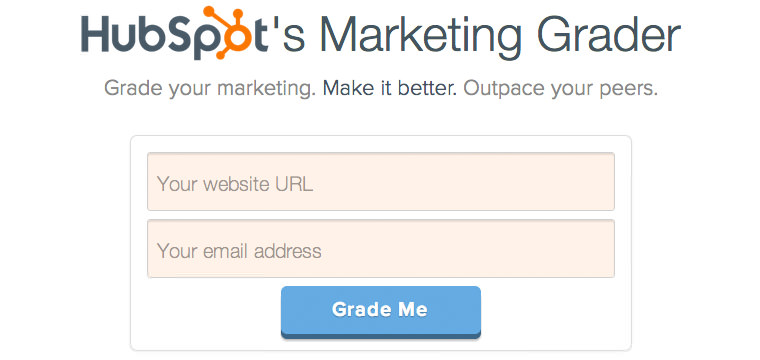

8) Add a Facebook tab
Using plugins from MailChimp or Aweber, you can add an email signup form as a custom tab on your Facebook page.
You can occasionally make wall posts where you link to the Facebook tab and ask your Facebook fans to subscribe to your email list.
Take it a step further and offer a ‘Facebook fans only’ incentive to increase sign-ups.
9) Collect emails in the News Feed
This is definitely an interesting take on building your email list. SplashPost is a cool service that lets you collect email addresses and sell products right inside your Facebook fans’ news feed.
Try clicking the thumbnail on this post to see it in action.
10) Get your content discovered
You may be writing all of this great content, but if no one is reading it, your list won’t grow. Outbrain is a service that recommends your content on premium publisher sites (CNN, NBC, Reuters) to expose it to highly engaged audiences.
This will expose your content to more people and help you get more subscribers.
In addition to Outbrain, there are places where you can have your content published, so it gets shared and seen by more people.
Social Media Today and Business2Community are two places we recently syndicated content to.
In total, four articles received nearly 300 Facebook shares, 1,800 tweets, 309 LinkedIn shares, and 120 Google +1’s. Even though this content was being shared on another site, there were still people who clicked through and ended up subscribing to our email list.
11) Use a header bar
You have probably seen some websites using a bar with a call-to-action in it running across the top of the page. Chances are they are using Hello Bar.
These tools are great for grabbing a visitor’s attention right when they land on your website, and you can use them to collect email addresses.
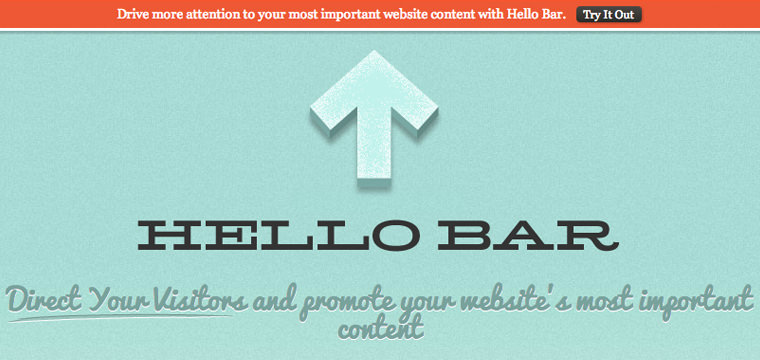

12) Lower the barrier to entry
Your goal is to get people on your list, so avoid asking for too much information that can scare people off, reducing your opt-in rate.
At most, collect a name and email address – if you require anything more than this, you may lose subscribers.
Keep in mind that collecting the email address is so you can establish communication with them; you can gather additional information later on in the relationship.
13) Privacy concerns
Many people are reluctant to provide their email addresses for fear of receiving spam.
Address any privacy concerns by indicating on your email signup form that you don’t spam and never will. This small change can increase your opt-in rate.
14) Advertise in newsletters
Advertising to your target demographic through newsletters is a great way to grow your list. You can do this with Launchbit, a self-serve platform that helps advertisers reach their target demographics through email channels.
Additionally, you can make a list of websites/bloggers in your niche and reach out to them individually to see if they offer advertising in their newsletters.
15) Use squeeze pages
The sole purpose of a squeeze page is to capture email addresses. Picture your website with all of the fat trimmed off of it; the only action you want the user to perform is to enter their email address.
There should be no exit path from the page outside of a small ‘close’ button; no links or navigation – only a button to submit your details.
Your squeeze page should have an attention-grabbing headline, a few important benefits, and of course, your email signup form.
Services like LeadPages and Unbounce will allow you to easily setup a squeeze page.
You can follow this free course to master LeadPages: LeadPages University
16) Use splash pages
Groupon, Living Social, Gilt, and many other deal sites initially grew their email lists by using splash pages. In order to access the great deals that these sites offered, you had to enter an email address first.
You can apply this method to a content-based site too, as Andrew Warner of Mixergy has done.
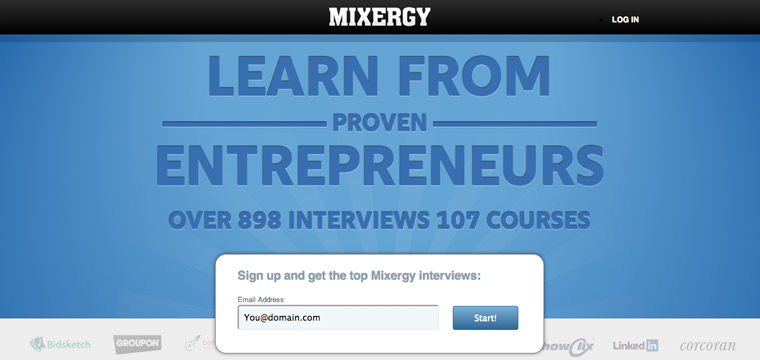

17) Ask for shares
If you already have an email list and want to grow it some more, why not ask your current subscribers to pass your newsletter on to their friends?
Remember, if you don’t ask, you won’t receive. To make it easy for other people to subscribe, place a subscribe link in the footer of your emails.
18) Offer discounts/coupons
Offering a discount or a coupon in exchange for an email address is another great way to grow your list. In fact, if someone is subscribing to your list to get a coupon, then you have already pre-qualified that person as a potential customer.
58% of people say receiving discounts and special offers was the top reason for subscribing to emails from businesses – Chadwick Martin Bailey
19) Write guest posts
Writing guest posts for other blogs in your niche can drive some traffic your way, but you need to be ready to take full advantage of the opportunity.
Be sure to link back to your site somewhere in the post, or include a link in your author bio. Finally, make sure that the landing page you link to from your guest post has an email signup box.
20) Capture emails with video
Using video can be an extremely powerful tool for your business, but if you’re unable to capture users who watch your video and are interested in your business, then you’re missing out.
Using Wistia or LeadPlayer, you can add an email signup box right inside the video. Check out the Wistia example below, about 5 seconds in.
21) A/B test
You’ll never know if you are maximizing your opt-in rate if you are not A/B testing your email signup form. Using a service like Optimizely or Visual Website Optimizer, you can A/B test your call to action, the color of your buttons, and much more.
For example, let’s say you blog about SEO. You can set up a variation where 50% of your traffic is going to your original page, and 50% of your traffic is going to a variation you set up.
Your original page has a box that says ‘Subscribe to my newsletter’, and on your variation, you change it to say ‘Get tips and SEO tricks via email’.
After a few thousand visits, you’ll be able to tell which one is performing better and you can transition to the better variation.
Remember, test one variable at a time (headline, button color, image, etc.) to ensure you know which change really affected your opt-in rate.
22) Social proof
Imagine that you’re on the fence about trying a new skincare product. You’re unsure if it works, and you don’t want to waste your time or money by falling for the marketing hype.
You ask a friend about it, and they tell you that they have tried the product and it is amazing, which convinces you to buy it.
This is social proof, or informational social influence, where you are validating an action by first seeing proof other people have taken that same action.
You can apply social proof to collecting emails simply by adding testimonials and words of praise from your current subscribers. Mark Brownlow has written a great post on a few different ways to apply social proof to lift your email sign-up rates.
Email is still king
There are certain marketing trends that will come and go – that will work well for a while and then fizzle out – but when the dust settles, email will still always be here.
Email is still the strongest source for website engagement and needs to be more utilized for driving continuous traffic and repeat visitors. We found email to be the strongest channel for driving website engagement (measured by pageviews per visit) and we recommend for companies who have not yet implemented email nurturing programs to do so in 2013 – 2012 B2B Marketing Benchmark Report
Dan Martell of Clarity.fm sums it up perfectly in this tweet:
Don’t be fooled, email still works better then social media 4 #marketing. Build your list. Use social media to do that. Email is still king
— Dan Martell (@danmartell) July 19, 2013
Have tactics to build your email list that we didn’t cover? Let us know in the comments below.







